Alfa’s Road to Redemption Starts with the Dealers
CEO Santo Ficili Says Alfa Romeo’s Future Depends on Fixing the Basics First
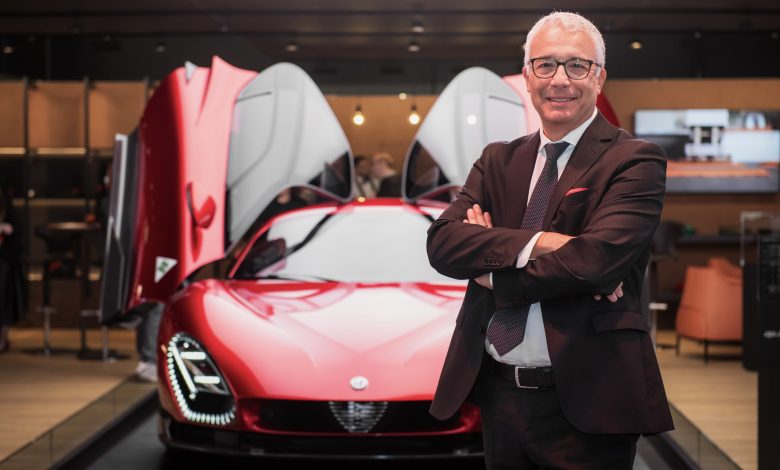
Alfa Romeo has always had one foot in the past and one in the future—its racing pedigree and iconic designs continue to make it one of the most romanticized names in the auto industry. But as the brand aims for relevance in the modern era, its CEO Santo Ficili is keeping both feet firmly planted in reality.
Speaking with Car Magazine, Ficili made it clear that Alfa’s problems won’t be solved by nostalgia or big dreams alone. They’ll be solved by getting the basics right—starting with its dealers.
“We need to have the right network,” Ficili said. “I’m always repeating that we need the right dealers, not only to sell the car, but also to serve our customers in the aftersales activity in the workshops.”
That’s a blunt statement from the man now responsible for both Alfa Romeo and Maserati, but Ficili’s background says it all. He started his career in the service department at a Fiat dealer in Turin and worked his way up over nearly four decades. He knows how important it is to get the ownership experience right, especially in markets like the U.S., where Alfa Romeo’s reputation still carries baggage from the past.
The Challenge: Great Brand, Not-So-Great Results –
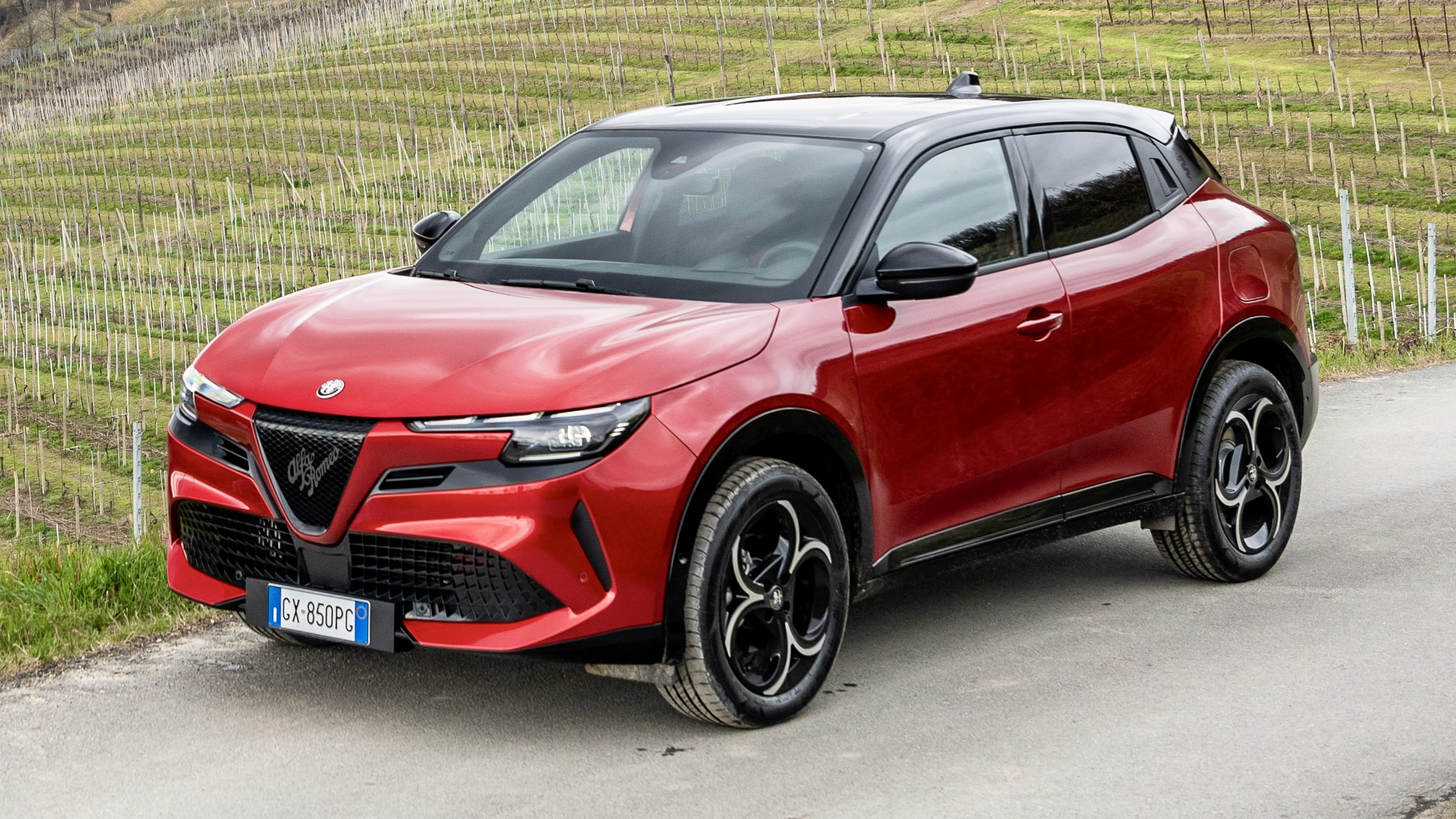
Despite a strong global brand identity, Alfa Romeo continues to underperform in several markets. Sales in the U.S. have slumped in 2025, even as the brand posted a 20% global increase in the first half of the year. The difference? In regions where the brand is growing, customers are better supported post-sale.
Ficili isn’t content with Alfa simply being a “cool” brand with a good story. He’s pushing for results that match the badge.
“I don’t want to become too romantic, looking at the past,” he said. “But this [the heritage] is a fact that we need to keep in mind. Based on the unbelievable legacy of this brand, we need to work in the present with the range we have.”
That range currently includes the aging Giulia sedan, the Stelvio crossover, the compact Tonale, and now, the new subcompact Junior—which already has 54,000 orders banked. But as Ficili pointed out, it’s not about chasing huge volume.
“I’m not imagining to deliver millions of cars. What is important to me is to cover the space of our firm—and we see space.”
Looking Ahead: SUVs, Not Sports Cars… Yet –
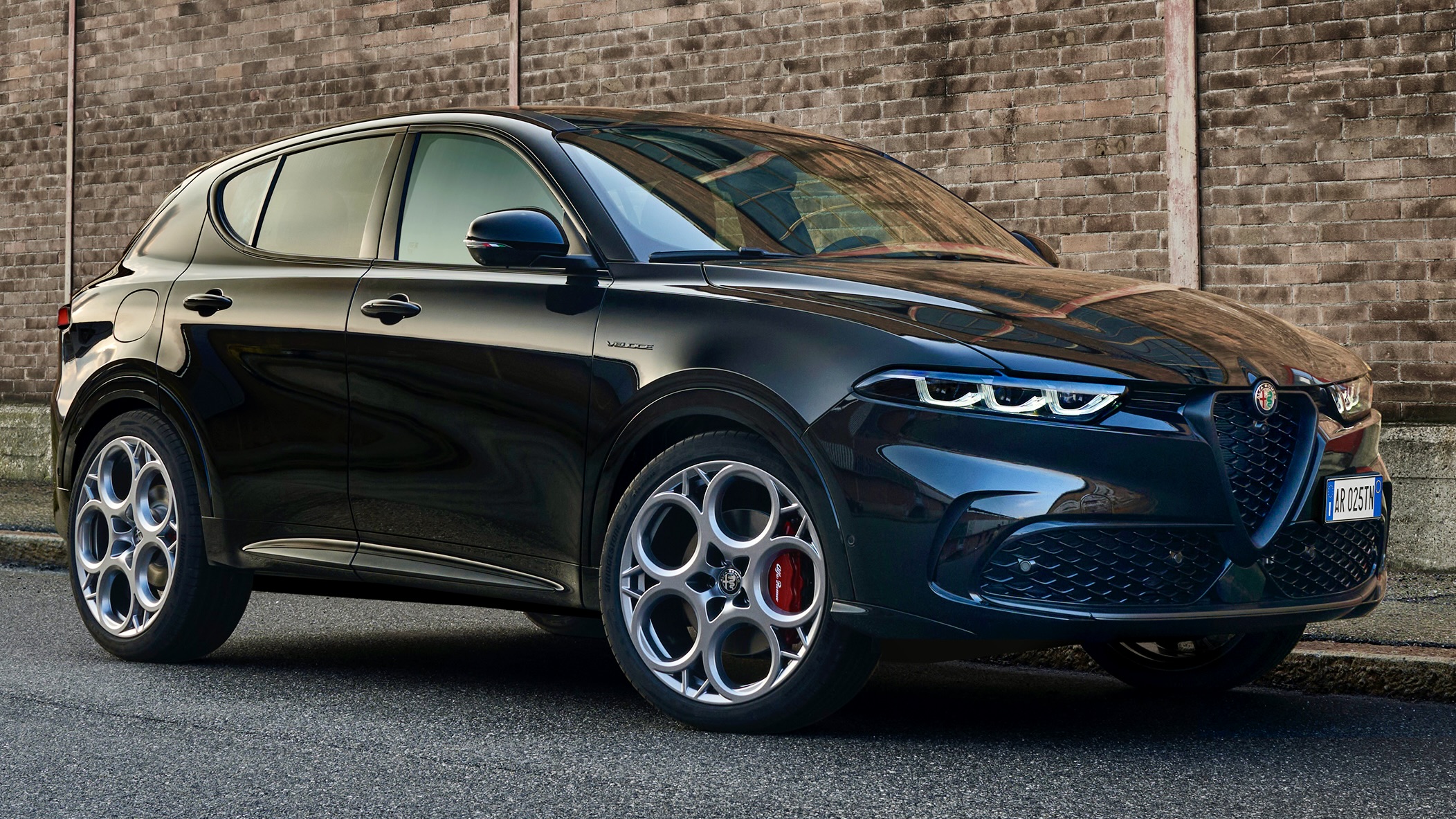
The dream of a reborn Alfa 8C supercar or a GTV coupe may still be alive in the hearts of fans, but Ficili is focused on volume-driving models for now. The upcoming next-gen Stelvio and a Giulia successor are already in the pipeline, and a larger SUV—aimed squarely at the Porsche Cayenne—is being developed with North America in mind.
It’s a strategy born out of necessity. Ficili knows that Stellantis won’t green-light expensive, low-volume passion projects unless Alfa first proves it can compete where the profits are.
That means more crossovers, not coupes—for now. Even Cristiano Fiorio, Alfa’s Head of Global Marketing, Communications & Strategic projects, admitted last year that cars like the Junior, Tonale, and Stelvio need to succeed before Alfa can think about adding sports cars to the lineup again.
“This brand gives us the possibility to invent everything we want,” Ficili said. “But we need to be grounded. We are working with what we have—and planning ahead.”
Maserati’s Role—and the Premium Positioning –
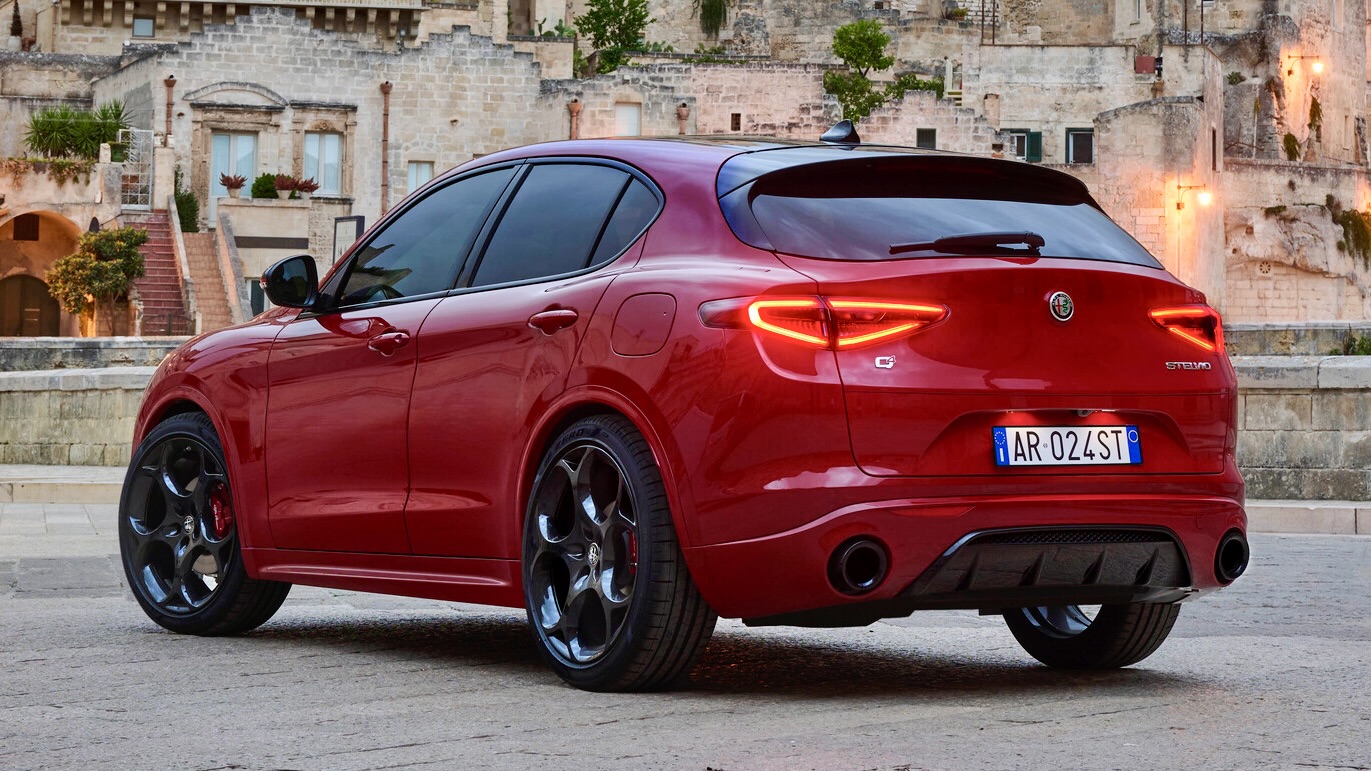
Interestingly, Ficili referred to Alfa as “the only premium brand we [Stellantis] have”—a statement that might raise some eyebrows considering Maserati is under the same umbrella. But Stellantis views Maserati as a true luxury brand, operating in a different league. Alfa’s job is to compete with the likes of BMW, Audi, and Mercedes-Benz—brands with a broader reach and, quite frankly, a better dealer and service network.
Maserati, too, is under Ficili’s watch, and he’s expected to apply some of the same hard-nosed focus there. While Maserati pushes upmarket, Alfa’s mission is to lock down the premium space—without losing the soul that makes it unique.
U.S. Market: A Key Test –
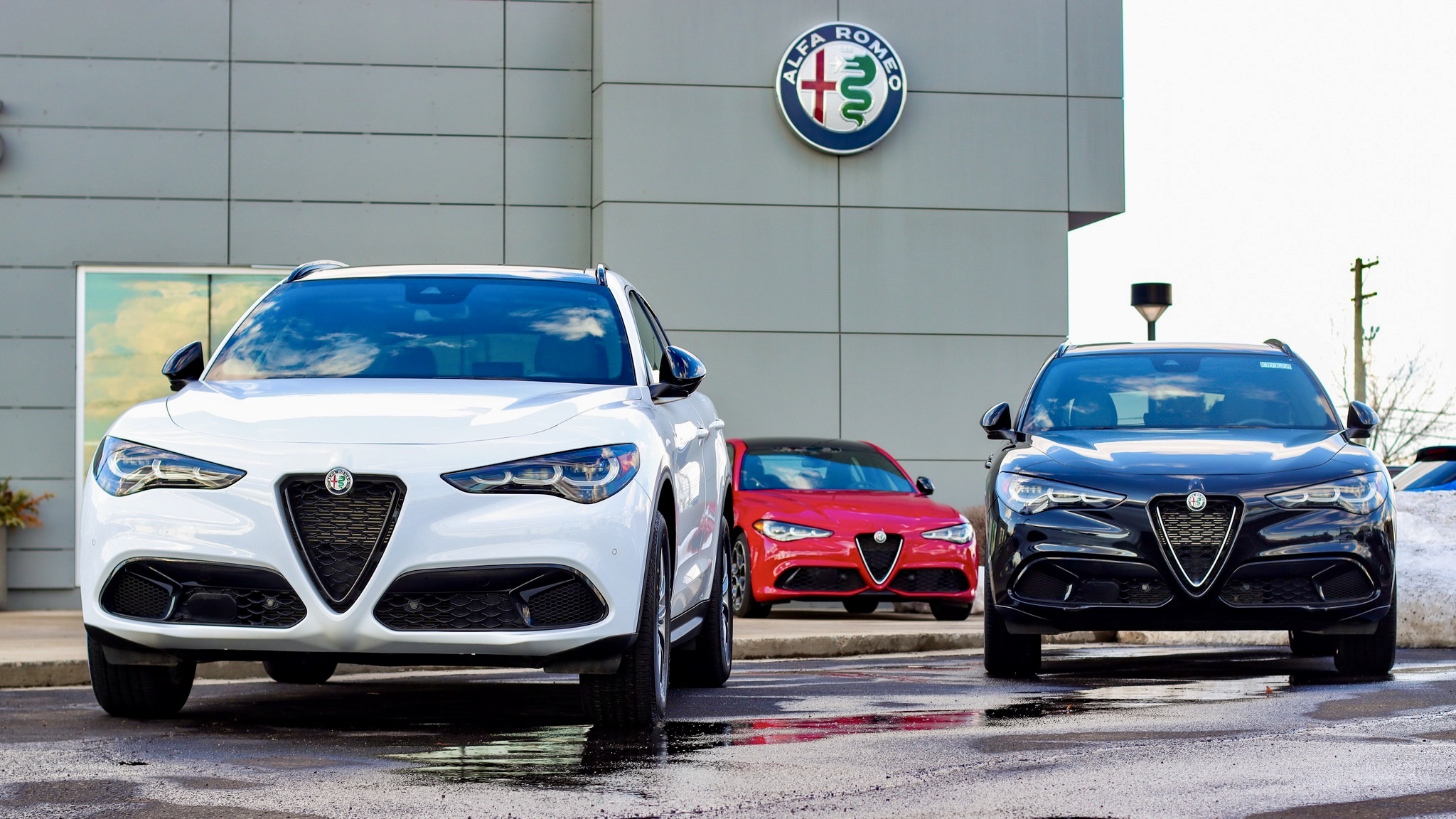
While global numbers are up, the U.S. is still a sore spot for Alfa Romeo. Poor dealer coverage, lackluster aftersales support, and lingering questions about reliability are holding the brand back—even as new models hit the market.
Ficili’s solution? Stop thinking about volume and start thinking about quality. Not just in the product, but in the experience.
That means better dealers. Better service. And yes, more attention to long-term durability—something Alfa hasn’t always been known for.
“If you ask me, ‘Are you satisfied about the performance?’ I think that there is always something to do better,” Ficili said. “For sure, we can. We can do better now.”
Final Thoughts: The Right Fix for the Right Brand –
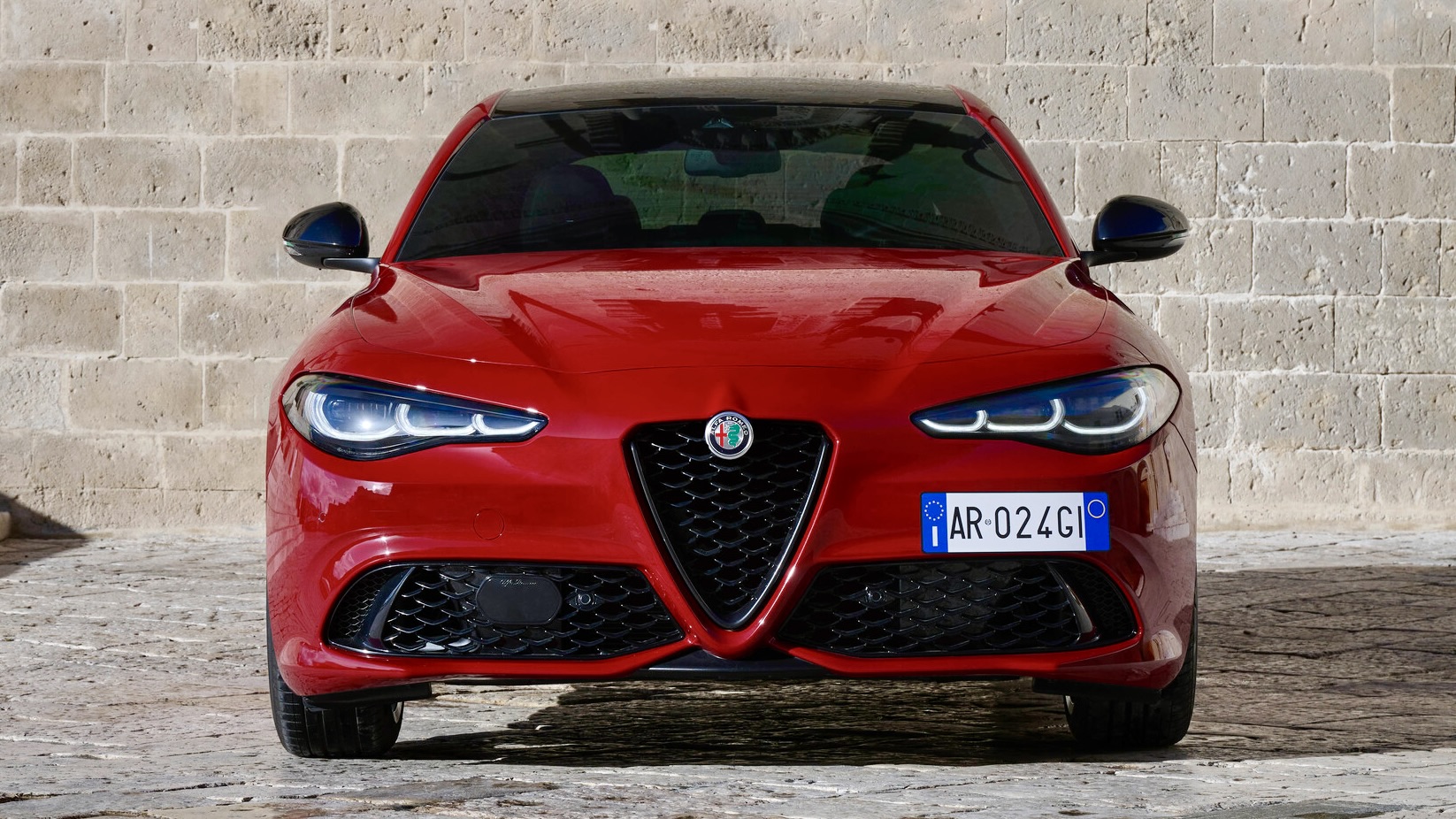
It’s refreshing to hear a CEO speak so candidly—not about grandiose vision, but about fixing what’s broken first. Ficili understands that Alfa Romeo’s story won’t be written by press releases or concept cars—it’ll be told by customers who walk into a dealership, drive off in something special, and come back because they felt taken care of.
He’s not promising the moon, just the foundation. But that might be exactly what Alfa needs right now.
Because if the cars are finally right—and the service is right—then, as Ficili says:
“The sky is the limit.”


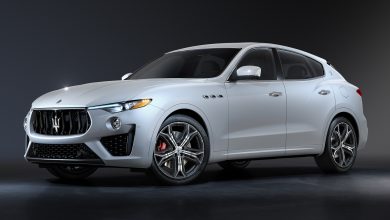
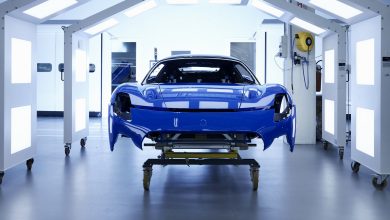
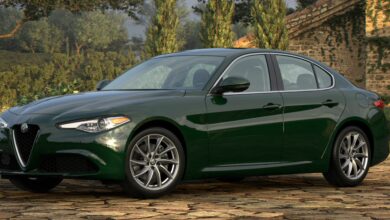
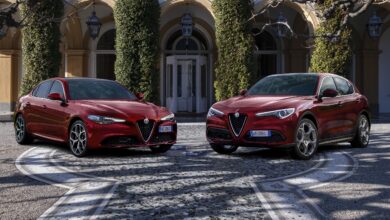
11 replies
Loading new replies...
Join the full discussion at the Mopar Insiders Forum →